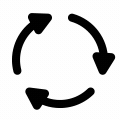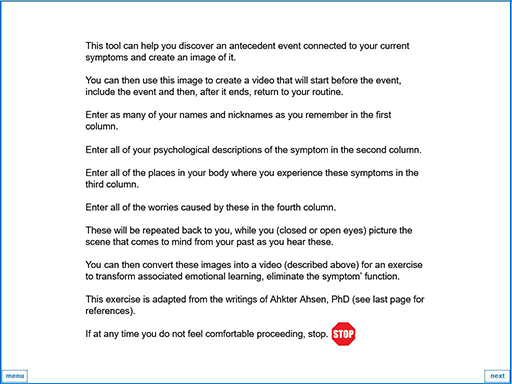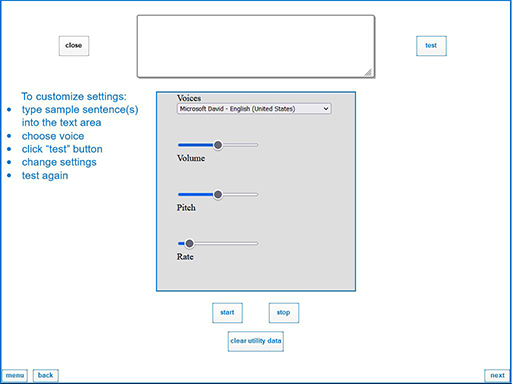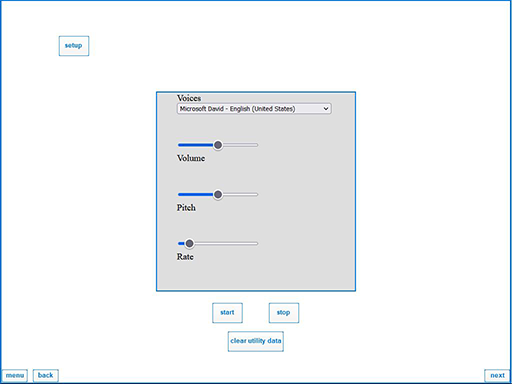When emotion-laden events occur in adulthood (for example, a traumatic event), emotional learning and associated maladaptive schemas consolidated resulting from it are explicit, more easily identified and can be targeted in helping exercises. Those experienced and consolidated in childhood are often implicit, less accessible.
Emotional learning in childhood often occurred years ago, when cognitive abilities were not fully matured, requiring additional techniques to bring them to awareness. Experiential, imagery-based strategies capable of surfacing early schemas are among these techniques. They can be self-administered or may require professional facilitation.
The web app includes an imagery tool based on Ahsen’s imagery work (Ahsen, 1973). Another group of imagery strategies with similar effects was developed in Schema Therapy to help surface “early maladaptive schema” from childhood (Young et al., 2003, chapter 4).
An Imagery Technique to Surface Not Readily Identifiable AE (from Ahsen)
Imagery strategies can be used to surface an AE that is not readily identifiable (implicit). A practitioner of imagery therapy, Ahsen (Ahsen, 1973, 1988; Hochman, 2007) developed not only a method to achieve this, but additional strategies to trigger
TRP. His Age Projection Test (APT) uses presenting symptoms to identify the AE. APT is followed by a Symptom Oscillation technique (SOSC) which alternates between negative symptom experiences and their positive opposites. Flexibly adapted, these comprise a two-part imagery process used to (1) identify a key AE at the root of the presenting symptoms (APT) and (2) trigger reconsolidation by juxtaposing a mismatched experience disconfirming the original (SOSC). Juxtaposition, here using imagery, produces results similar to those achieved in TRP-informed CT employing other models (see also juxtaposition in Ecker, 2018).
Ahsen called his model, eidetic psychotherapy, based on the concept of an eidetic image or picture of a past event (Ahsen, 1973, Dolan & Sheikh, 1976). An eidetic image is a three-part construction (Hochman, 2007), made up of its (1) image or pictorial, (2) somatic and (3) meaning components (ISM). Similar to CT, a presenting symptom is tied to an AE, explicit as is often the case in trauma and phobia or implicit, as is often the case for negative self-appraisal and maladaptive behavior presentations. Ahsen’s APT is used to surface the AE through a carefully scripted process. The APT techniques evolved over time from an earlier version (Ahsen, 1973) to a more elaborate one containing 25 steps, Ap1-25 (Ahsen, 1988).
Eidetic psychotherapy begins by creating a symptom table, including (1) names and nicknames for the person, (2) the symptoms’ negative psychological manifestations, (3) their negative somatic manifestations, (4) their worrisome or concerning meanings. Items 1-4 are repeatedly stated in an exercise called “warming up of the symptoms” (Ahsen,1973, p 255).
This process, included as a self-administered utility tool, can be coupled with monitoring a subjective units of distress scale (SUDS) score and self-help strategies in the Sound Strategies app to access and picture an implicit AE.
The self-administered exercises in the utility app make use of steps 1-4 of Ahsen’s protocol (“warming up of the symptoms”). This aids in identifying and picturing an AE for use in the sound-based strategies or with RT. These imagery strategies activate TRP, triggering therapeutic effects.
In the original Ahsen protocol steps 1-4 are then followed by recalling a time when the person was “healthy and happy” (Dolan & Sheikh, 1976) through using item 5. Oscillating between negative and positive symptom states, juxtaposing between them, while making emotional learning explicit, produces an image of the AE and of times before and after. Additional methods that elaborate and juxtapose images, for example, using imagery elicited through an Eidetic Parents Test (Ahsen, 1973, 1988), supplemented the Ahsen’s original process.
An Imagery Technique to Surface Not Readily Identifiable AE (from Young)
Schema Therapy makes extensive use of experiential imagery-based techniques to (1) identify and surface early maladaptive experiences (in Arntz’s terminology as “Diagnostic Imagery” and in our terminology similar to AE) and their associated schemas and (2) target them for change using imagery rescripting (Young et al., 2003; Arntz, 2011). The web app uses different intervention strategies than imagery rescripting, so the following, will only parallel and adapt “Diagnostic Imagery.”
(1) As a preparatory phase, the person is provided with a brief introduction to imagery’s usefulness in identifying maladaptive childhood schema and an overview of the process.
(2) A safe-place image is elicited, made available to return to when stress de-escalation is needed at any time during the exercise.
(3) After elaborating the current, presenting symptom(s), an associated image, seen through the eyes of the child, of a parent, family member, significant other, stranger is invited (eyes closed) including vivid detail (sights, sounds, smells, touches, surrounding scene), using an “I” perspective and current tense. (This is similar to viewing a forward movie in the RT.)
Useful strategies to facilitate a key childhood image include (1) asking the person to describe a “recent, problematic experience,” then, while keeping it’s feeling central, imagining having the same feeling as a child and (2) imagining a situation that causes a good feeling as an adult, then letting go of it, and imagining themself as a child, which often produces an image with opposite “valence” (Arntz & Weertman, 1999, p. 720).
(4) A broader, overarching way of looking at the world (schema) is derived from the recalled AE image, with a reminder that while this schema made sense through the eyes of child, using a child’s mind, it will likely look, seem, feel different currently through an adult’s eyes and mature understanding accrued from encountering more similar experiences. This explicit juxtaposition of an early schema and a new schema, repeated a few times (occasionally, more), itself can trigger TRP including new emotional learning, thereby annulling the presenting symptoms.
While the adaptations of Ahsen’s and Young’s imagery techniques described above are useful in this process, there exist several similar imagery-based techniques that could also be adapted to achieve the same experiences. The overarching rule is to achieve the needed experiences to trigger TRP, instead of Procrustean adherence to specific techniques.
References
Ahsen, A. (1973). Basic Concepts in Eidetic Psychotherapy. New York: Brandon House.
Ahsen, A. (1988). Age Projection Test: Short-Term Imagery Treatment of Hysterias Phobias and Other Themes. New York: Brandon House.
Arntz, A. (2011). Cognitive and Behavioral Practice 18 (2011) 466-481.
Arntz. A. & Weertman, A. (1999). Treatment of childhood memories: theory and practice. Behaviour Research and Therapy 37 (1999) 715-740.
Dolan, A. T., & Sheikh, A. A. (1976). Eidetics: A visual approach to psychotherapy. Psychologia: An International Journal of Psychology in the Orient, 19(4), 200–209.
Hochman, J. (2007). Brief Imagery Therapy: Ahsen’s 10-Session Model. New York: Brandon House.
Young, J. E., Klosko, J. S., Weishaar, M. E. (2003). Schema Therapy: A Practitioner’s Guide. United States: Guilford Publications.
 Loading
Loading



